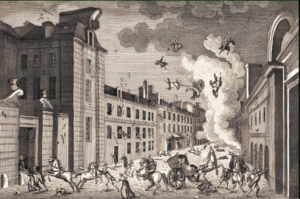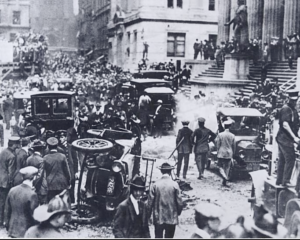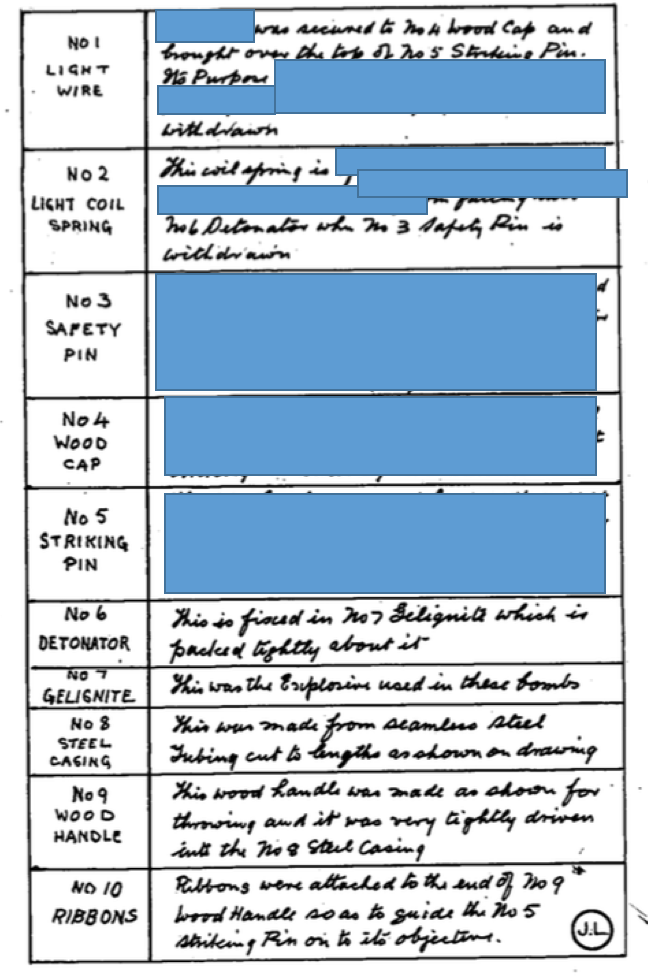I’m deep into research into Soviet explosive activity in the first half of the twentieth century but in doing so came across a very interesting Russian technical EOD procedure from 1926, developed at an incident that’s worth discussing.
In many parts of the world in the late 19th and 20th century, bridges were built with special shafts, or alcoves, designed to take explosive charges to destroy the bridge in the event of a foreign invasion as part of defensive blocking operations. At one point in about 1926, a bridge in the Ukraine was being inspected, and engineers found a forgotten series of explosive charges in a bridge, left over from a previous conflict. It is likely that in preparation for defensive operations that never subsequently occurred, the bridge was prepared for demolition by placing large quantities of explosives in the shafts, and then for whatever reason this was forgotten.
The large charges were of dynamite and had been placed in shafts built into a bridge then covered in a thick protective layer of grease. Because of their age, and environmental heat cycling over the years, the dynamite was exuding nitroglycerine, and was assessed as very unstable. The engineers were tasked with removing the dynamite without detonating it.
The innovative render-safe technique developed at the scene, if I’m honest, isn’t quite 100% clear because I’m dealing with a non-technical translation, but it’s interesting for a few reasons and was apparently successful. It went like this, or something like this, from what I can glean.
- Oil (I think engine oil) was slowly poured onto the protective grease, dissolving it, but leaving behind the dynamite.
- The engine oil was then treated with sawdust, to soak it up from the bottom of the shaft and carefully removed. My guess is that such a shaft would have a drain hole, and this may have been plugged.
- A warm water-based alkaline solution was then poured onto the unstable dynamite. This isn’t a technique I’m familiar with, but the engineer responsible claims the alkaline solution in contact with nitroglycerine results in a more stable material, which was then decanted from the bottom of each bridge shaft. I don’t know volumes or timescales but the whole operation dealing with several shafts, presumably one after another, took several days. It could be that the warm alkaline solution simply washed the remaining oil from the dynamite, as the engineer seems to be concerned with the grease interacting with the exuding nitroglycerine.
- Finally the remaining dynamite could be removed.
Have any readers come across any elements of this render safe procedure before? Any chemists out there able to comment on the nitroglycerine / alkaline effects and products? I’m assuming that some form of hydrolysis reaction takes place but my chemistry knowledge isn’t quite strong enough in this specific case… comments very welcome. Or was something lost in translation?
There is much more fascinating Russian stuff coming soon. The explosives specialist who came up with the procedure went on to be responsible for more explosive devices than any other person in history, and I’ll be posting more stuff on him soon. In the history of IED campaigns, and associated activity I don’t think there is a more important person.
Update:
Thanks to Matyas Koszik for this comment suggesting that chemically a hydrolysis of NG makes sense:
Re:alkaline hydrolysis of nitroglycerine:
https://onlinelibrary.wiley.com/doi/pdf/10.1002/kin.550160808
Seems to work similarly to other ester hydrolysis reactions.




